14 September 1778




Everyone in the workshop enjoyed looking through the latest instalments of The Works in Architecture. Piranesi, of course, has a number of reservations, and he certainly doesn't like it that his plates are now dated 1778, but there's nothing he can do about it now.
14 September 1997
Not There
Parkway Interpolation... ... incorporate ideas regarding Philadelphia. ...a new version of Piranesi's Campo Marzio.
14 September 2004
Holy Cross Day - 14 September 325
I remain curious of a combined history of the 'authentic' and the 'legendary'.
"It is long believed by native Christians in the Near East that Helena announced her discovery of the True Cross by means of a relay of bonfires. The late Professor Hitti, a native of Lebanon, reports that "native Christians, particularly in Lebanon, still celebrate on September 14 a feast with bonfires reenacting Helena's traditional announcement of the discovery to her son at Constantinople by means of bonfires from hilltop to hilltop." Professors Hitti's report is based on personal observation, one may assume, and has been independently verified."
--Hans A. Pohlsander, Helena: Empress and Saint, page 199.
According to Timothy D. Barnes, The New Empire of Diocletian and Constantine, Constantine resided at Nicomedia (today's Izmit, Turkey, not far from Istanbul) from 25 July 325 to circa 15 September 325. This chronology is based on passages in the Codex Theodosius. (footnote 126, p. 76: ...Constantine was still in or near Nicomedia when he exiled Eusebius of Nicomedia, "three months" after the Council of Nicaea.)
14 September 2005
Direction of Yale?
Ask Krier if he knows about reenactionary architecturism. And just for fun, tell him about Piranesi's Ichnographia of the Campo Marzio having two different printed versions. I'm sure his reaction to the news will be interesting.
14 September 2010
Bufalini--Nolli--Piranesi
Hello Susan,
Thought you might be interested in some documentation I just published at Quondam regarding Piranesi's use of Bufalini's 1551 map of Rome in redrawing some parts of ancient Rome within the Ichnographia Campus Martius --wqc/e25/2590.
Piranesi's use of Bufalini's data relates directly to the hypothesis of your 1995 paper "Methods of Archaeological Reconstruction in Piranesi's Il Campo Marzio dell'antica Roma (1762)." Perhaps you already know of this connection between Bufalini and Piranesi, but I haven't found any prior reference to "Piranesi and Bufalini", at least not online.
I've been spending some time this year reworking the Encyclopedia Ichnographica beginning at wqc/25.
Hope you are doing well.
Steve Lauf
14 September 2012
Repetition Repetition Repetition
Your Found Plan Mash-Ups don't have to be a dead end.
The mash-ups reminded me of the mirror-copy plans of Ichnographia Quondam, for example:
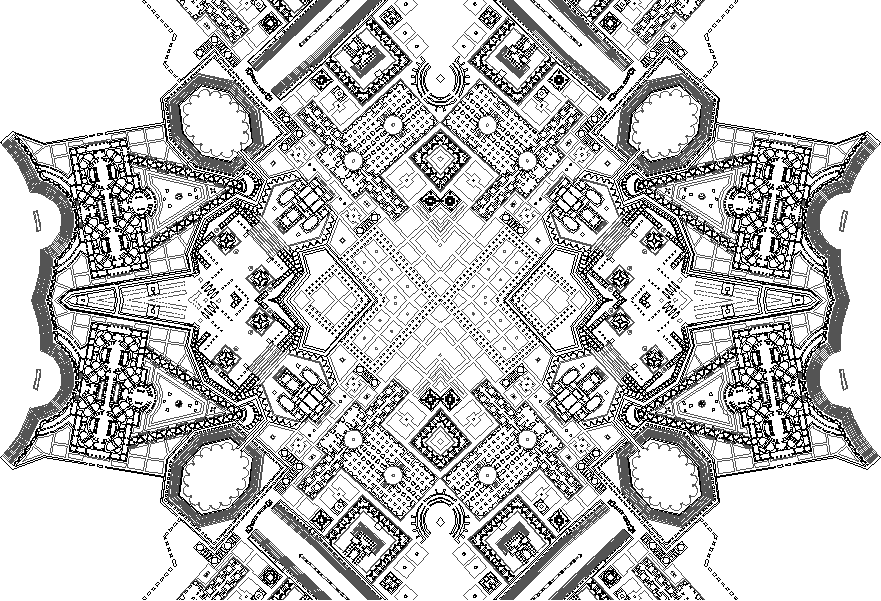
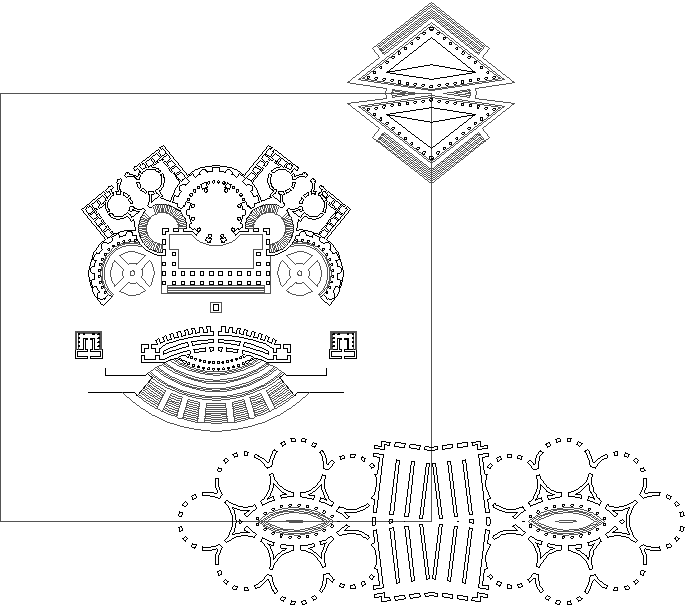

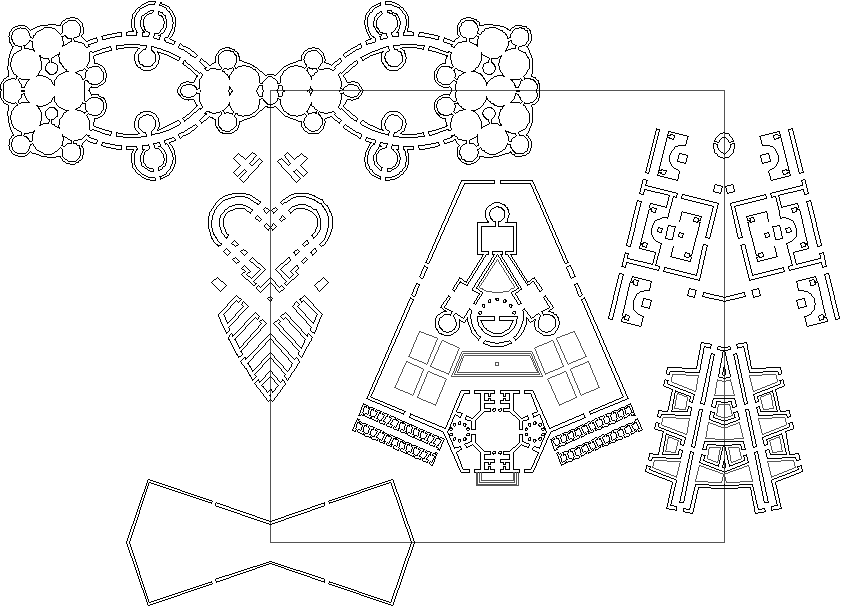

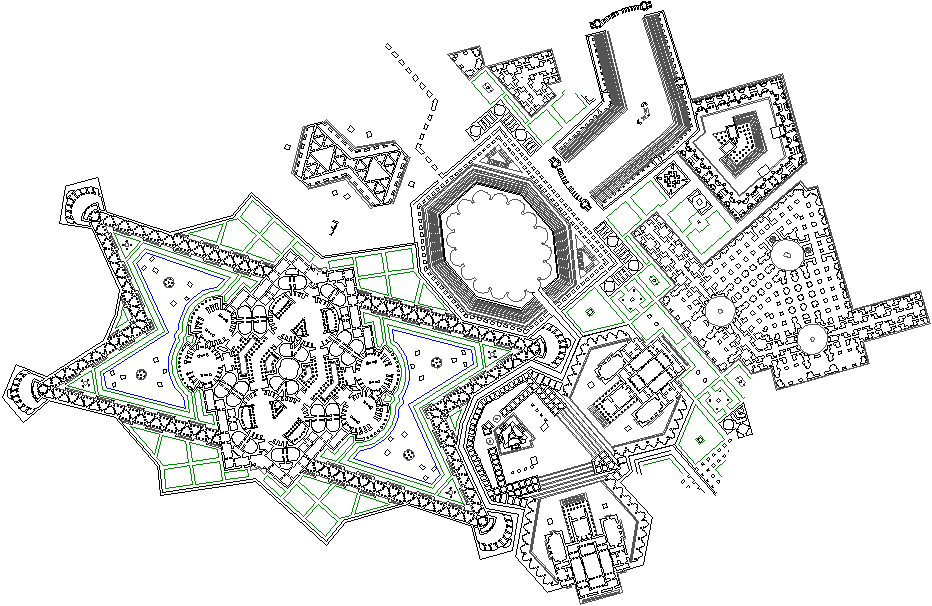
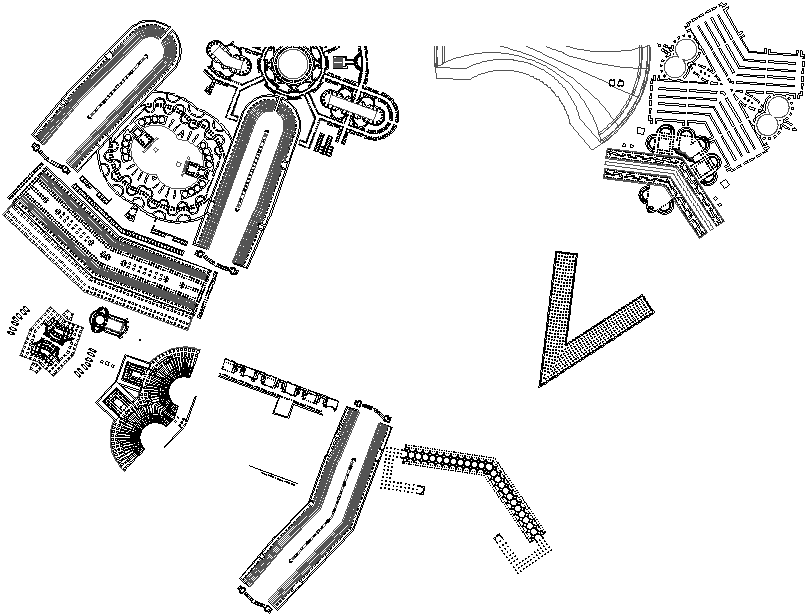
14 September 2015
various ideas
"Wallpaper" the exterior surface of the Villa Savoye model (with ICM plans?) and then create a lot of perspectives.
Start utilizing the model of Center City Philadelphia/Pantheon Paradigm to start Novel Architecturale. I also like the notion of collecting all the "characters/plans" as fragments of a large puzzle/plan. The notion of introducing the actual site plans of all the various buildings within Pantheon Paradigm, thus introducing an ongoing bilocationality. Remember, bilocation and labyrinth are now part of novel architecturale.
14 September 2022
"In November of that year [1943], the finest of all the English rooms, the drawing room from Lansdowne House, was at last installed. Fiske [Kimball] had been in London in 1929 when the famous house in Berkeley Square, built from the designs of Robert Adam, was torn down to make way for an office building. He had gone directly to the housewreckers and paid them two thousand guineas for the drawing room, but they had not been willing to assume the risk of removing and packing its plaster ceiling which was decorated with paintings by Giovanni Battista Cipriani and was an important feature of the room. Fiske had taken plaster ceilings out of Powel and Derby houses, and knew it could be done. Messrs. Davies, Turner were persuaded to try it, with successful results. The room is a magnificent example of the Adam style, and the only criticism one can make of its installation is that Fiske, in an effort to make the windows fit those of the Museum building, rearranged its elements in a plan that would have made a strange appearance in Berkeley Square. But Lord Halifax, the British Ambassador, did not appear to notice the change when he came to the Museum for the party the Graeme Lorimers gave to open the room. Lorimer, a son of the editor of The Saturday Evening Post, observed a curious trait of Fiske's: his impatience with stupid old ladies. Ignorant or reactionary remarks by old people brought out the worst in Fiske's nature, but he was never rude to young or attractive people."
George and Mary Roberts, Triumph on Fairmount: Fiske Kimball and the Philadelphia Museum of Art (Philadelphia: 1959), pp. 214-5.
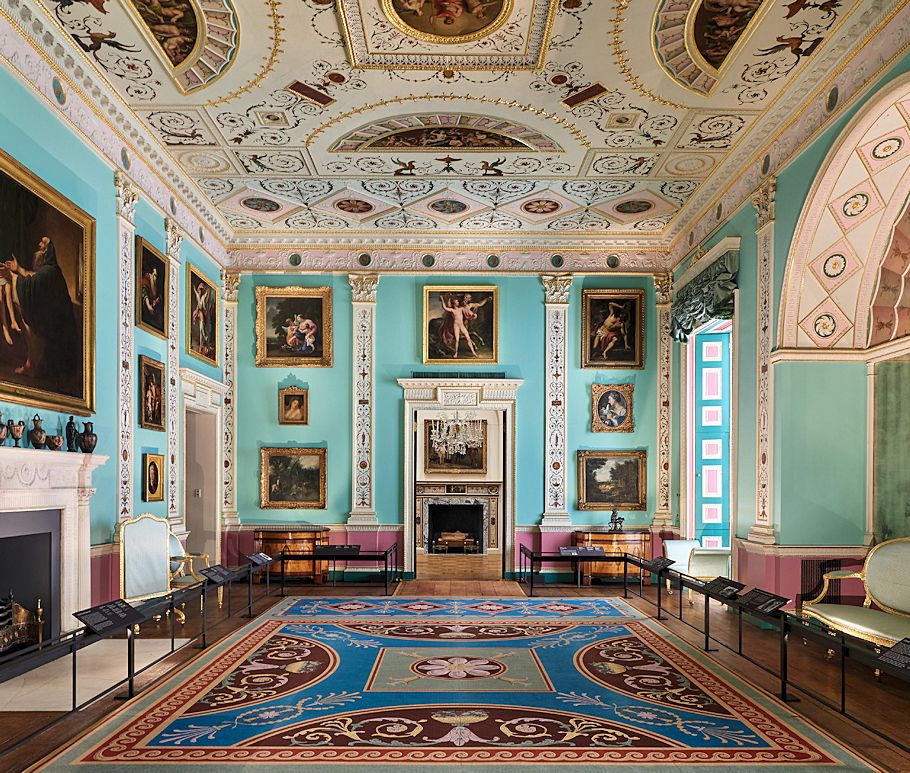
The first times I was in the room, in the early 1970s, the color scheme was much different.
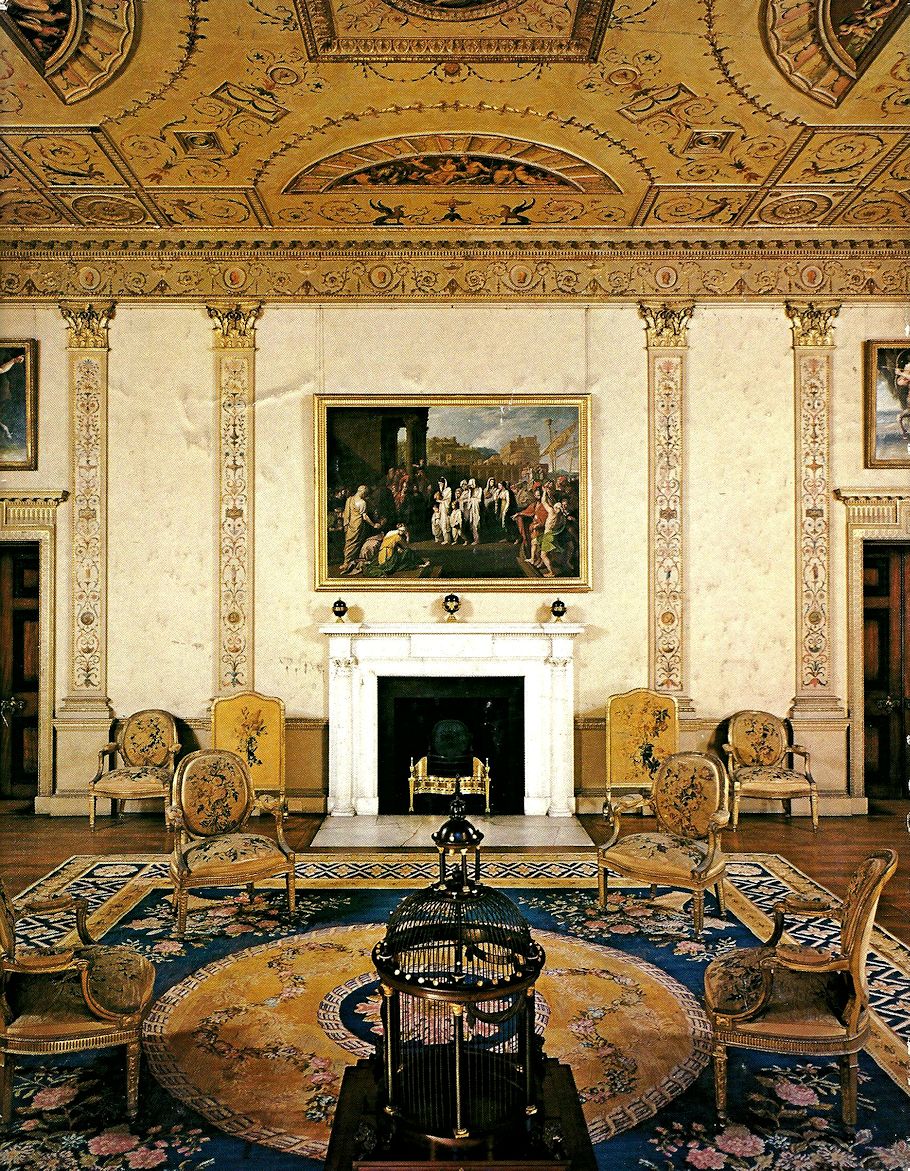
|